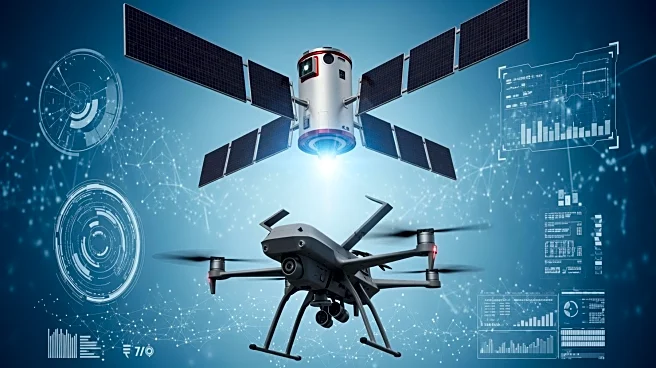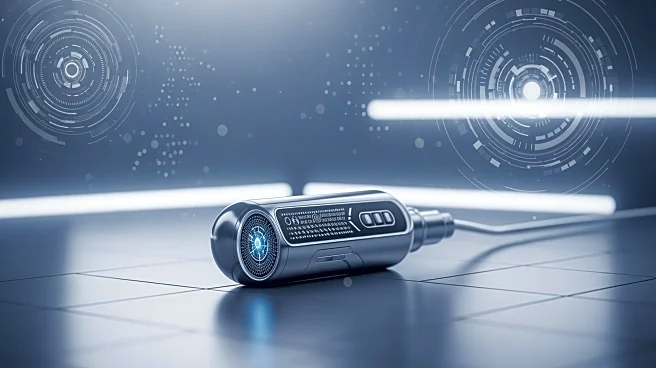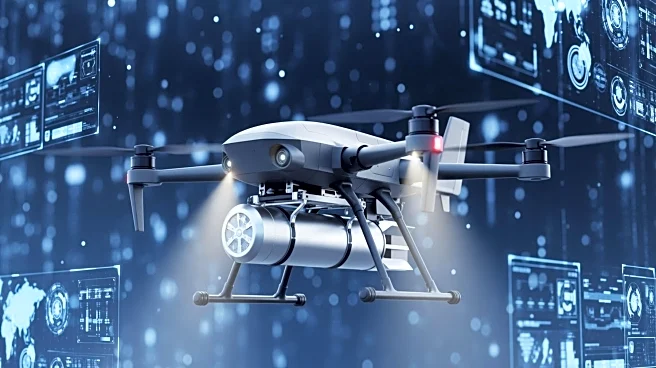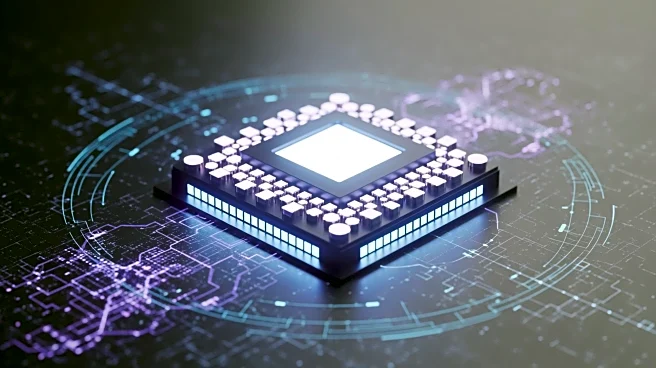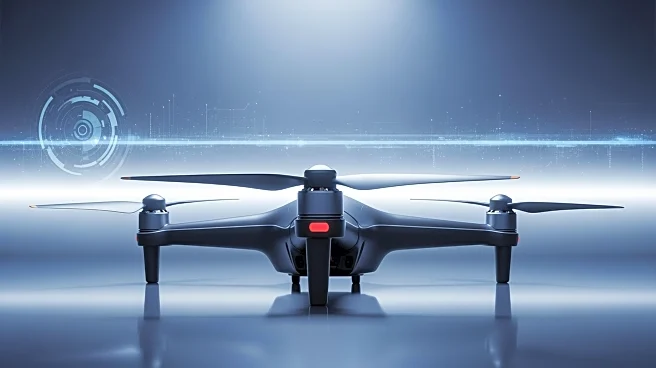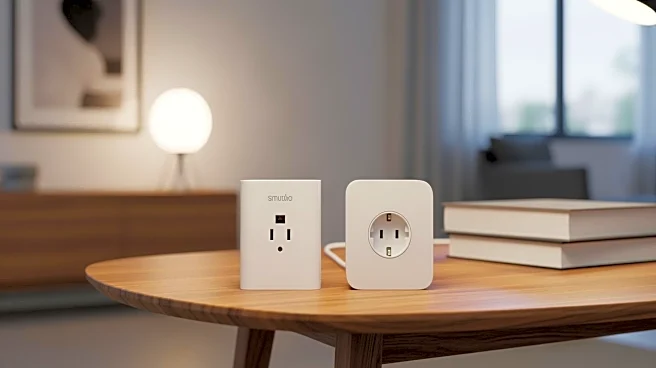What's Happening?
ATMOSPHERE, a company specializing in satellite connectivity technology, has successfully integrated the Iridium SATCOM terminal with UAV Navigation-Grupo Oesía’s VECTOR flight-control system. This integration
has been validated in real flight conditions, marking a significant advancement in Beyond-Visual-Line-of-Sight (BVLOS) UAV operations. The collaboration between ATMOSPHERE and UAV Navigation aims to provide reliable, low-latency communications essential for UAVs operating in remote or challenging environments. The integrated system is expected to enhance the capabilities of UAVs in various applications, including defense, logistics, and environmental monitoring.
Why It's Important?
The successful integration of SATCOM technology with UAV flight control systems represents a major step forward in the development of autonomous UAV operations. This advancement is crucial for industries that rely on UAVs for operations beyond the visual line of sight, such as logistics and environmental monitoring. The ability to maintain reliable communication in remote areas ensures that UAVs can operate safely and efficiently, potentially reducing costs and increasing operational capabilities. This development could lead to broader adoption of UAV technology across various sectors, enhancing their operational scope and effectiveness.
What's Next?
Following this successful integration, ATMOSPHERE and UAV Navigation-Grupo Oesía are likely to continue refining their technology to further improve UAV connectivity and autonomy. The partnership may explore additional applications and markets where their integrated system can be deployed. As the technology matures, regulatory bodies may also need to adapt existing frameworks to accommodate the increased use of autonomous UAVs in commercial and defense sectors. Stakeholders in industries such as logistics and environmental monitoring may begin to adopt this technology to enhance their operational capabilities.
Beyond the Headlines
The integration of SATCOM technology with UAV systems raises important considerations regarding data security and privacy. As UAVs become more autonomous and capable of operating in remote areas, ensuring the security of communication channels will be critical. Additionally, the increased use of UAVs in various sectors may prompt discussions about regulatory oversight and the ethical implications of autonomous flight. Long-term, this technology could lead to significant shifts in how industries approach logistics, surveillance, and environmental monitoring, potentially transforming operational models and strategies.
